This article is about the substrates used as the main filling for a particular gerbil habitat. Your gerbils may have several habitats on the go at any one time (one for digging, one for playing, etc). If you want to read about nest materials (the bedding types used in small amounts to build a nest out of or to sleep in) – then please click here to read more…
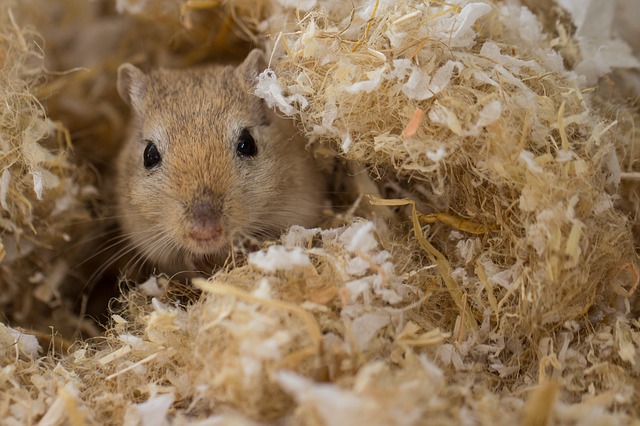
nidan / Pixabay
There are so many different substrate bedding materials available these days that it is often a matter of trying a few and see how you and your gerbils get on.
Sometimes a combination of these is preferred as they ‘do’ different things. Some are light and fluffy for digging and playing, other are heavy and solid for adding permanence or sharpening claws. Certain combinations are reported by many to cause allergies and red noses in their pets (and sometimes in their owners) and other combinations can be gerbil heaven for tunnelling and den building – depending on your set-up.
Basically, try one for a few months – and if it suits – stick with it. If it isn’t perfect for what you personally want (i.e. you want more tunnels; you want less dust; you want to pay less for it; or you want your eyes to stop watering) then look for another bedding that has the traits you are looking for. Everyone seems to be allergic to different substrates – no one type of gerbil bedding is the best for everyone it seems!
The most important rule of gerbil bedding is…
Always remember that whatever the bedding you are using is – make sure it has been made and stored correctly before it got to you.
Don’t use bedding for your gerbils that could have been contaminated in any way – like factory-or workshop-made wood shavings (which could be mixed with anything in the air or across the factory departments) or like hay left loose in a barn (which could have been peed and pooped on by rodents or birds etc) or bedding that could be damp, mouldy or too dusty – all of which are BAD for gerbils.
Basically (apart from earth-based bedding and a few Exotics* materials) you should be able to plunge your hand into it and it feels soft, light, clean and dry.
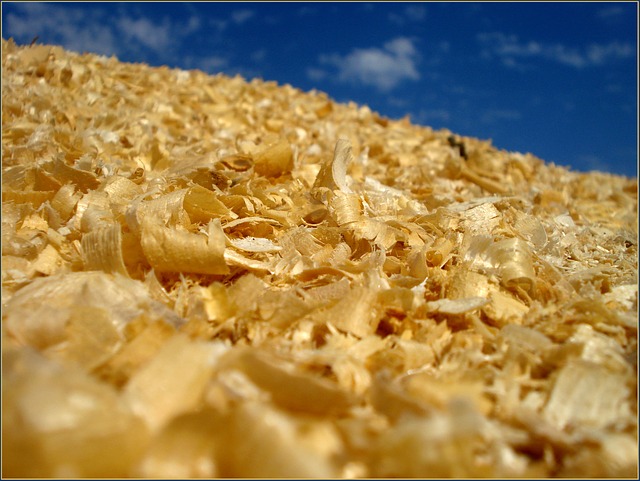
*Exotics are my way of saying pets such as reptiles and amphibians etc. who use mosses, mulches and living vegetation to keep up their relative humidity. Permanent gerbil bedding does not need to hold moisture as gerbils are desert dwellers – and so you shouldn’t really introduce moisture to start with – although naturalistic enclosures (those that look more like ther original habitat than with pink tunnels or TV set nests) and bioactive enclosures (those enclosures that use semi-permanent earth – laced and fed with fungus and bugs (aka clean-up crew (CUC)) to remain almost always ‘clean’) are being talked about and trialled a lot more these days.
Wood-Based Loose Gerbil Bedding:
As long as these are made from flakes or small pieces of kiln-dried pine or other such lovely ‘safe’ woods such as apple or aspen they should be fine for most gerbils. Brands include Chipsi, Pettex and Great&Small.
Pour this safe bedding as deep as your tank will allow, interspersed with bendy bridges, cork tunnels, cardboard boxes, maybe some fresh-smelling hay and a few treats and leave to simmer overnight with some happy gerbils.
They will easily move it all around in a few hours to better suit themselves and mess up all your hard work. For this reason – it is also wise not to balance anything too heavy or important on fresh deep bedding, as once that all moves – you don’t want your ceramic dust bath to fall onto the bottom of the glass tank or on your gerbils head for that matter!
Paper-Based (or Card-Based) Loose Gerbil Bedding:
There are a whole host of these on the market at the moment as they are ‘new’ and ‘different’ come in a ridiculous array of colours to suit every season and they are a lot lighter to boot. They are sold in smaller packs as you may be used to for the price – but because they are vacuum packed they can easily quadruple (or more) in size when you free them from their packaging. Brands include Carefresh, EcoBedding, Pillow Wad and Fitch.
Some gerbil owners report that those makes of gerbil bedding which contain larger sections tend to create a lot of dust when fluffed up and/or chewed in situ – although we have found Eco-Nest to be virtually dust free. Some people open and fluff this bedding outside before putting in their tanks – and others notice no really dust at all?
Those beddings (paper or otherwise) with ‘reduced odour’ or ‘odor control’ claims usually contain bicarbonate of soda which is not going down well with the owners of gerbils (and other rodents) who inhale it. Until this controversy is cleared up once and for all – I would recommend steering clear of that particular variety – as gerbils don’t really smell badly anyway (and if yours do – then follow our step by step article guide to finding out why).
Shredded Paper for Bedding: (A4 sheets or newspapers)
Some people just used shredded standard paper as a bedding – either as long strips or small shreds (size doesn’t matter – although I think they have more fun with the longer strips). It is really popular as people can get it free from their own home or a local business.

This bedding type isn’t very absorbent and ideally it needs to come from a good and trusted source – and still needs to be checked before being given. Check for staples, bits of plastic windows from envelopes or partially destroyed credit cards! As well as too much dust. Some people shred all sorts of things – so these can be different from batch to batch.
Heavily inked or written on paper can stain gerbils faces and paws – although it isn’t dangerous these day – and be aware that using newspaper can turn your gerbils extremities blue (much to our horror after an operation when we thought poor Pumpkin had passed away! He was fine and the newspaper was used for a good reason (it wouldn’t stick to the stitched wound) – so all was well).
Used as a top-up bedding after a more absorbent bedding is used as a base for the tank is a good combination (as it flattens down really quickly on its own). It certainly keep the gerbils busy with chewing it all up, and can be used for a soft bedding in the nest too.
Pelleted Gerbil Bedding:
There are a few pet beddings available in stores which are pelleted into little tubes, which can be made of compacted wood or paper – and although they are seemingly great for rats and cat litter – they aren’t really suitable for gerbil housing. Brands include Bank-2-nature, So Phresh and Yesterday’s News.
They don’t form tunnels for starters, which should be enough of a reason on its own – but they also turn to dust when used rather than reducing into smaller pieces – which we all know isn’t great for diggers. This dust gets flicked and kicked around the tank all day by our little busy babies, increasing the likelihood of respiratory issues. We already know not to use sawDUST for bedding – and basically this is what these beddings become when overused.
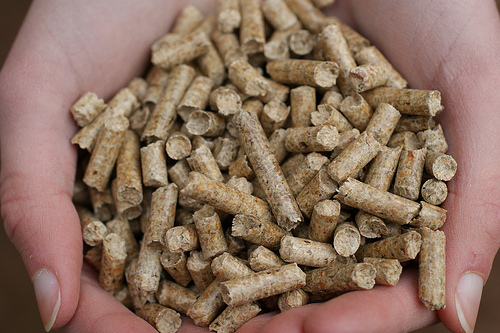

Perfumed or Coloured Gerbil Beddings:
Obviously these bedding types can appear more attractive to some humans – and we can see why. As far as we are aware, the coloured bedding (from companies that make ordinary coloured versions of the same bedding) do no harm to anyone – so fill your boots with seasonal splendour: white in winter for that snowy effect, yellow in spring, purple in summer and orange for Hallowe’en…
Watch out for human products that ‘look’ like bedding – such as the yellow paper from that Easter bunny basket you saw in the store, or the red crinkled paper in that festive food hamper. Products whose sole purpose in life is to look nice for humans have probably been treated with some chemical to make sure it does just that. Chemical + gerbils = not suitable.
Perfumed or scented bedding is usually fine to use – but as they are scented for humans – they may not actually be made with the plant or fruit they say to create that smell – like lavender and lemonbalm (which are fine for your gerbils to eat as a treat themselves – may be reproduced for humans’ noses out of other stuff (and oils from such plants as lavender and peppermint can actually be harmful to animals). Therefore, although we wouldn’t say never use these – we would say try to avoid where possible and add your own actual plants to the normal version instead?
Bear in mind also, the constant smell of these chemicals if your gerbils are confined solely to a tank, bin or tub. Nothing wrong with living in a tank, bin or tub of course – but when airflow is restricted, the smell stays stronger as it isn’t replaced so often with unscented air. We certainly wouldn’t suggest that they were your main or only bedding.
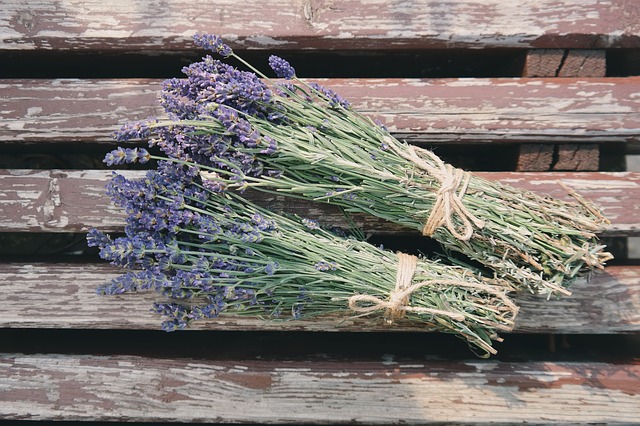
Plant-Based Gerbil Bedding:
So far there are only two other commonly found plant-based gerbil beddings and they are hemp and corn cob. Both of which are spoken of highly in the gerbil keeping world although, as always, there are bad batches and brands out there among the good ones. Brands commonly recommended include Kaytee, Hugro and Hemparade.
These beddings have a different texture and scent to the usual types, so bear that in mind if you do a whole tank change that your gerbils may act slightly differently due to this. Perhaps best to either blend in over time or just do the straight swap and give them time to adjust before assuming that they ‘don’t like it’.
Other Natural Gerbil Bedding:
Please be careful of being accepting with products that are ‘natural’. Nature contains many poisons – so just because something is natural it doesn’t mean that it is automatically safe or suitable. It could be too sharp (image below), too wet, too sticky, too absorbent or too big. And also – safe for one animal (human chocolate and grapes for example) isn’t always safe for another animal (dogs for example).
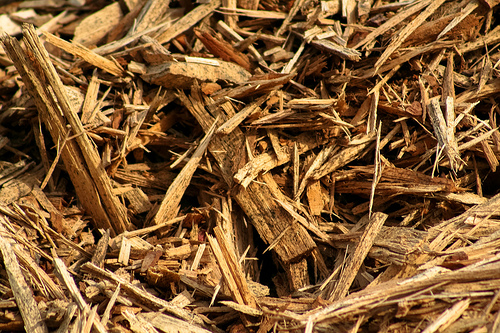

Many gerbil owners are looking to the reptile (exotic) trade and equine trade to buy bulk or novel substrates – many of which can be safe for gerbils in the right habitats such as 20kg sacks of aspen and huge bales of kiln-dried pine wood flakes (super cheap in bulk by the way).
However, there are a lot of things that equines and reptiles can use for bedding that aren’t deemed suitable for gerbils, things such as cedar chips and cyprus wood. These other species only use them ‘safely’ as perhaps they don’t chew on them, burrow in them, sit under 10 or more inches of them in a glass tank or require a relative humidity of less than 10%.
Proceed with care – and watch closely…
Earth-Based Gerbil Bedding:
Many people like the idea of these as they are often talked about with awe. Things like earth, peat and sand all sound very natural and ‘similar’ to their natural environment.
What you need to remember though, is that such environments are usually hard to mimic long-term in a small space and usually they are not very compatible with living in a house (which is mainly why we changed our gerbils to live in man-made bedding that WAS more suitable).
Fill your tank with earth or peat and you will have something wonderful to look at. Thick, rich, deep bedding seems to work a treat and can make great tunnels on its own or with some hay or straw, however it is moist (therefore can be cold) – and very heavy. Due to the moisture, they also allow your gerbils food to either germinate (forming alien plants) – or it just goes mouldy.
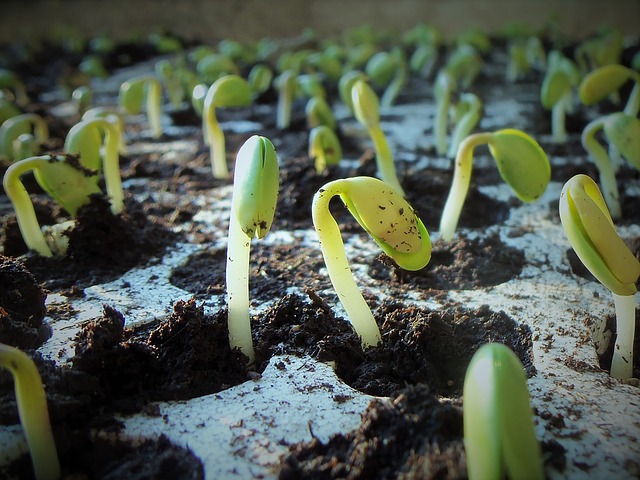
You can add some heat to the cold earth with a reptile heat pad on the outside, but then you start to raise the humidity in the tank- creating moisture in the air and on the sides of the tank.
Earth is also very hard to dig through if you want to get your gerbils out for a play. Unless they come to you on command – you aren’t going to dig them out with your mere human hands so play times can be reduced.
You can mix up your types of earth – say a coir-based soil, an compost-based soil and some chopped hay or straw to create a lighter version – and if you add the right bugs – they can make it bioactive – but this is a delicate balance, still new-ish for gerbils and only really for the well ventilated enclosure.
Sand is no better. It is very heavy, difficult to control at depth and can also get very cold – however, it is not moist at all (unless left too long or mixed with anything to create humus like hay or straw) and so when used alone – damp and germinating seeds aren’t an issue. This type of substrate can be used in just part of the enclosure – can be used at a greatly reduced depth and can help act like a dust bath, sharpen claws and give them a different feeling to walk on.
If you want to try it – go ahead – many people have and it is a great experience. However most of them go back to ‘normal’ bedding after a time as it becomes rather tiresome to upkeep.
Gerbil Bedding Summary:
As said above, the bedding you use for your gerbils has to suit your gerbils (ie not toxic, wet, mouldy or otherwise) but also your own needs.
The reason there are so many different types of bedding on the market is because everyone wants something slightly different for their needs. Whether it is because of allergies, smell, mess, cost or appearance – there is something for everyone. You just have to find yours.
Although we have tried a variety of these bedding types, we always returned to kiln-dried pine wood shavings time and again for their ease of use, their fresh smell, their tunnel making ability (when mixed with chewed paper or cardboard) and their cheap cost (buying a bale for my herd works out less than 20p per gerbil per clean out – and we weren’t stingy on the bedding per tank either…
However, since getting Persian Jirds in the same room – they started sneezing with the woodshaving – so it was all change to the amazingly wonderful Pillow Wad Eco-Nest (a virgin cardboard chip virtually dust-free substrate – so glad we found it (even though it costs more than the original – but as we said above – needs must!
Anyway, read some more and try some different ones out yourself if you aren’t happy with your current one.